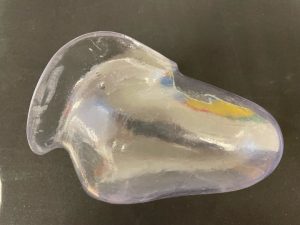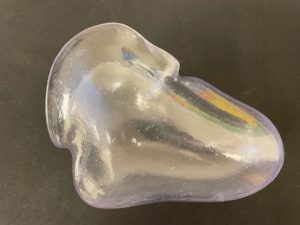Transradial Self-Suspension Prosthesis
This quarter we will revisit and build upon the upper limb prosthetic principles that we applied in Fall quarter. In addition to discussing patient-centered care and ICF factors, our first task this quarter involves learning about the various transradial self-suspension socket designs.
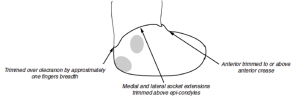
Self-suspension sockets have higher trimlines than hinged sockets. They are designed to capture the skeletal anatomy of the elbow to suspend the prosthesis. This socket design is used for body body-powered and externally-powered prostheses.
Over the years, prosthetists have created various self-suspension socket designs with the primary aims of capturing a secure purchase on the residual limb while maintaining as much comfort as possible.
| Approx Year | Socket design | Unique shape | Best limb lengths |
| 1960s | Muenster | Tight AP | 30% or less |
| 1970s | Northwestern | Tight ML | 55% or longer |
| 1970s | Modified Ottobock | Balanced AP and ML | 30-50% |
| 2000 | Anatomically Contoured and Controlled Interface (ACCI) | ML pressure anterior to epicondyles | |
| 2000 | Transradial Anatomically Contoured (TRAC) Interface |
The following images illustrate unique design features.
| Modified Ottobock Socket Design
|
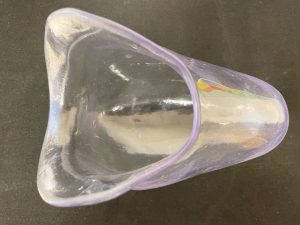 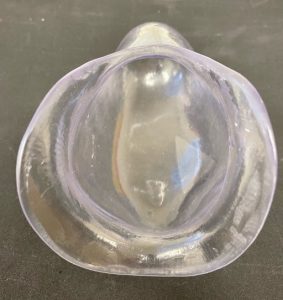 |
| ACCI Socket design
|
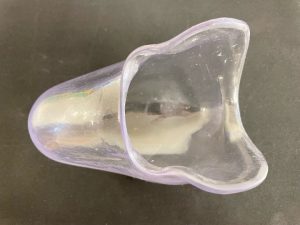 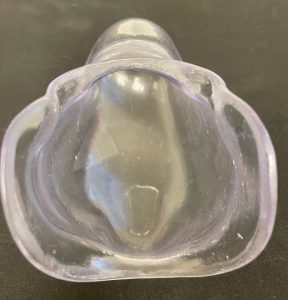 |

